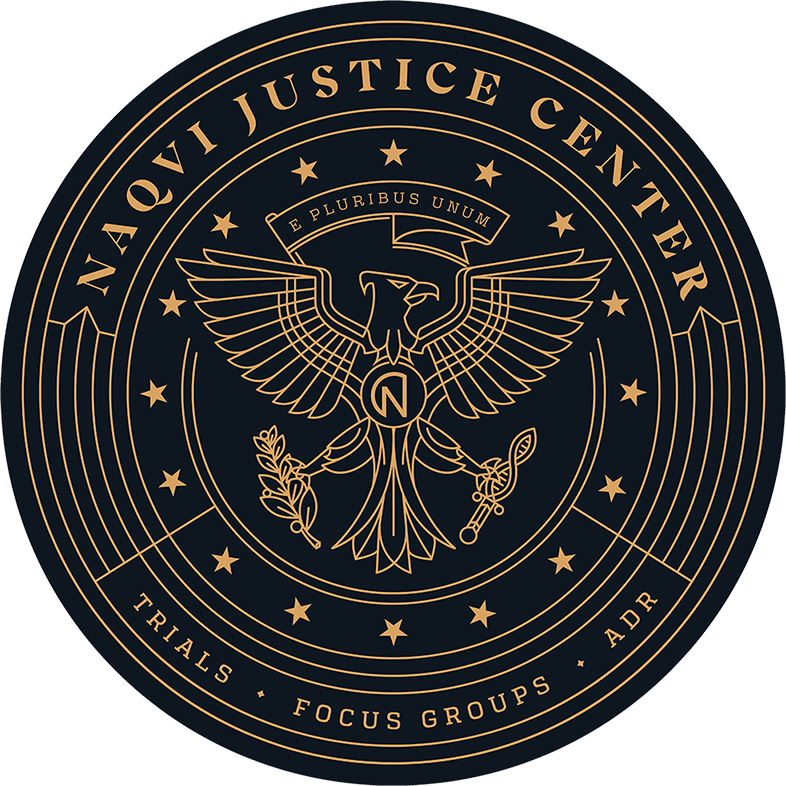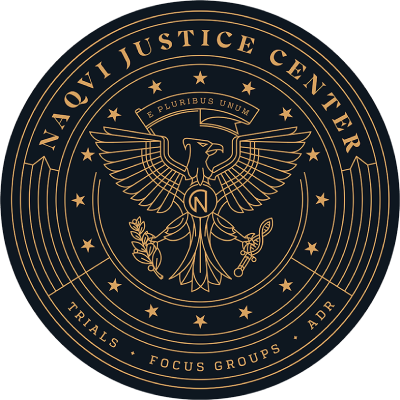A multi-vehicle crash near the intersection of Stewart Avenue and Pecos Road seriously injured four people.
As a Chevrolet Camaro moved around a sharp curve on Pecos Road, the driver apparently lost control. The vehicle wound up in the opposite lane. It clipped a Ford Expedition, continued moving forward, and smashed into a Nissan Frontier. Three people inside the Camaro and the Nissan driver were all seriously injured and rushed to local hospitals.
None of the names were released.
Speed in Nevada Car Wreck Claims
Excessive velocity is a factor in about a third of the fatal car crashes in Las Vegas. Many of these wrecks happen like the one described above. The tortfeasor (negligent driver) oversteers to negotiate a curve. A fast-moving vehicle is much more sensitive to directional changes than a slow-moving vehicle. Then, the tortfeasor panics and overcorrects. That maneuver usually causes a loss of control, and in this instance, that loss of control put the tortfeasor on the wrong side of the road.
Speed increases the risk of a collision. Velocity has a multiplying effect on stopping distance. That is the distance which a vehicle travels from the time the driver sees a hazard until the time the car safely stops. In other words, stopping distance includes both reaction time and braking time.
At 30mph, most cars stop after they travel about six car lengths. At 60mph, stopping distance triples to eighteen car lengths. As a result, speeding drivers in Las Vegas are often unable to safely respond to emergency situations.
Speed also multiplies the force in a collision. Sir Isaac Newton was one of the first people to recognize this principle. He included it in his Second Law of Motion, which is a = Fnet / m.
That formula is far too complicated for a country lawyer to understand. In practice, a loose object, like a cell phone, basically becomes a high-speed projectile in a serious crash. If the car was travelling 60mph at the time of impact, anything and anyone inside the car keeps travelling at 60mph. That velocity continues until they too strike solid objects, such as a person’s head.
Damages in a Las Vegas car crash usually include compensation for both economic losses, such as medical bills, and noneconomic losses, such as pain and suffering.
The Assumption of the Risk Defense in Nevada Car Crash Claims
When a passenger is injured, the insurance company often uses a legal loophole to shift blame for the damages onto the victim. The assumption of the risk defense is especially common in slip-and-fall, swimming pool drowning, and other premises liability cases. But it also comes up in car wreck claims. The elements of this defense are:
- Voluntary Assumption: There is some dispute as to whether the assumption must be entirely voluntary or only mostly voluntary. For example, a person may get into a tortfeasor’s car because the person has no other way home. The act is not entirely voluntary in these situations.
- Known Risk: The victim must know that the tortfeasor will probably cause a crash on that particular trip. It’s not enough that the tortfeasor was speeding. The victim must also see the tortfeasor partially lose control of the car or have another near miss.
If completely successful, the assumption of the risk defense may excuse liability. If partially successful, this defense may reduce liability under the contributory negligence rule.
Work With a Dedicated Lawyer
Car crash victims usually have a number of legal options to obtain the compensation they deserve. For a free consultation with an experienced personal injury attorney in Las Vegas, contact Naqvi Injury Law. Home and hospital visits are available.

